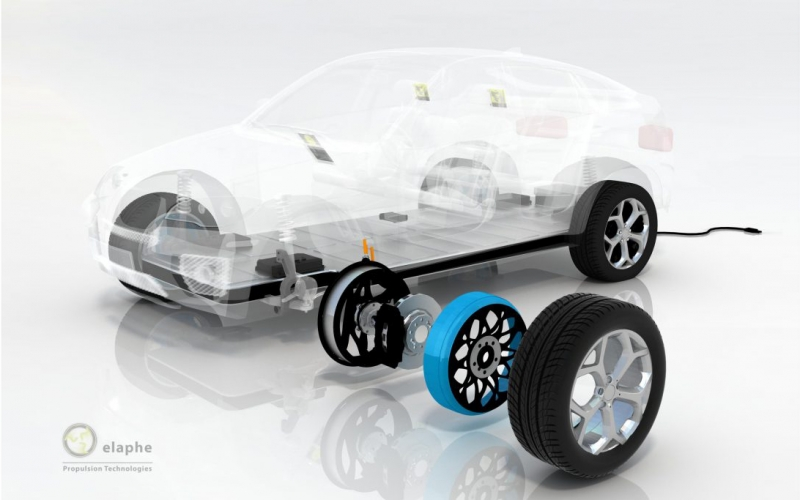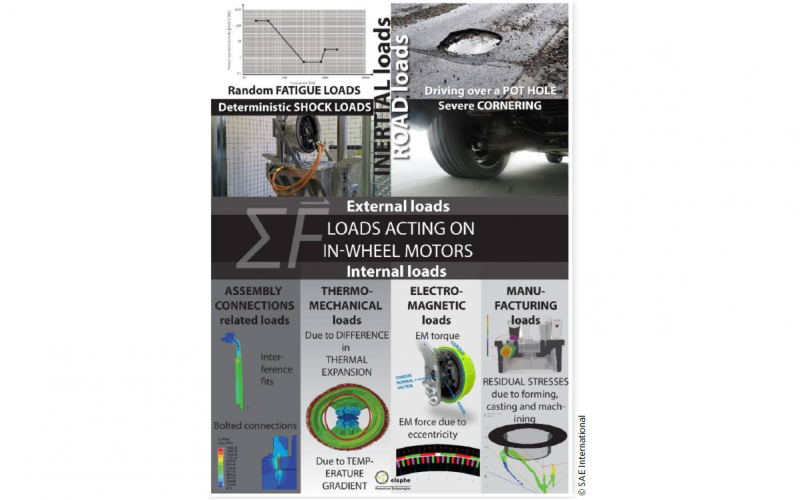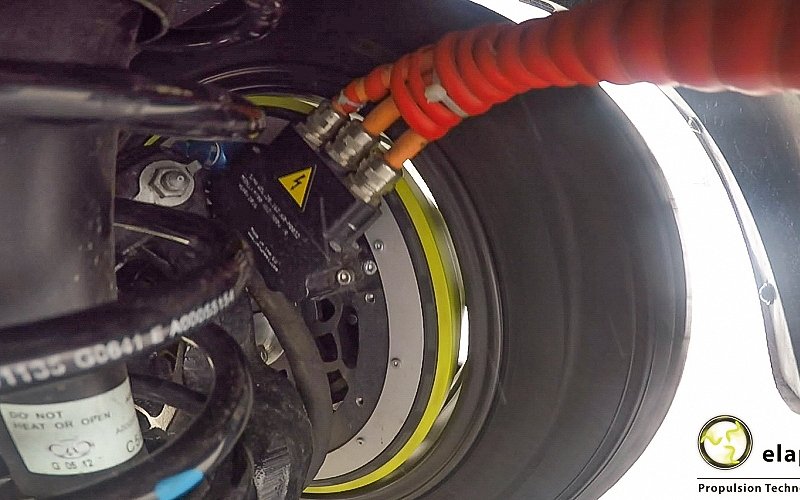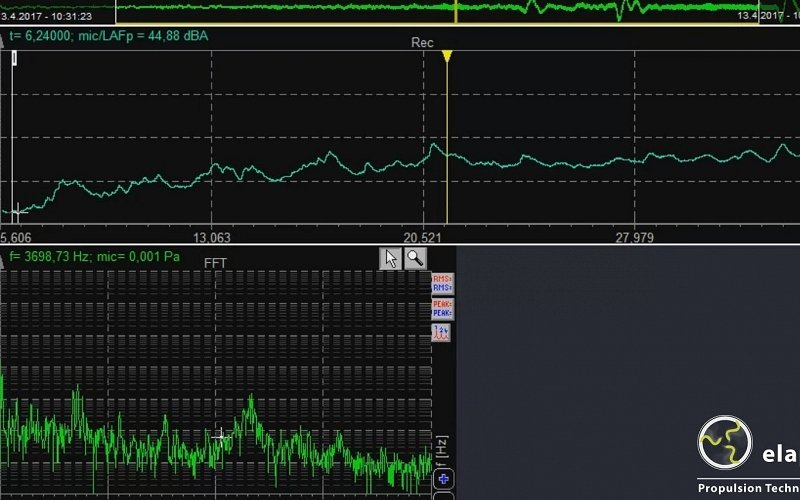HPC-Cloud-based simulation of coupled electromagnetic and structural-acoustics in in-wheel electric motors
ELAPHE PROPULSION TECHNOLOGIES LTD (End User) is a Slovenian SME. It is among the most experienced companies in the field of development of in-wheel motors for electric and hybrid vehicles. CINECA was the HPC provider and host centre.
The Challenge
Despite delivering several benefits, the unsprung electric in-wheel propulsion technology is still being considered as inferior to chassis mounted electric propulsion. Thus, it is of extreme importance that every aspect of Elaphe motors is outstanding in order to gain visibility and recognition among many competing chassis mounted and in-wheel electric propulsion systems. This is true in particular for design process issues related to the optimisation of noise, vibration and harshness (NVH) characteristics, where complying to EU regulation No. 540/2014 on the sound level of motor vehicles is crucial Obtaining an optimized NVH-acceptable design for the product’s industrialized version is also critical to reach a production process with less physical prototype assembly and measurement, leading to significant reduction in material and resource cost, accelerating time-to-market.
The Solution
The main result of this experiment is the workflow developed for an optimization and automated coupled multiphysics computation of a detailed acoustic noise map of in-wheel motors which was developed from scratch. This new methodology, which benefited from the Cloud-based HPC was implemented and evaluated on the next-generation prototype of Elaphe M700 and L1500 in-wheel motors. The overall noise level of the motors improved by a minimum of 20 dB(A) and up to 60 dB(A) over the whole in-wheel motor operating range.
Business Impact
The market preference for green products is growing and environmental policies are increasingly in favour of sustainable, highly-efficient electric propulsion. With lower noise levels, electric vehicles will improve the urban soundscape for many people, mitigating sound pollution at all hours. On the other hand, lighter weight and the race for efficiency improvements under strict conditions is driving an increase in the efforts of vehicle designers and manufacture in studying different vehicle concepts, with NVH characteristics being one of the most important aspects. A holistic approach requiring coupled electromagnetic (EM) and structural-acoustic (SA) simulations is necessary to optimize sound levels while preserving the required performance and other imposed design features.
During this experiment, the use of HPC substantially decreased the simulation time and improved the quality of obtained results. This resulted in a substantially reduced development cycle. The process was completed 10-times faster and at the same time enabled more complex simulations, directly resulting in improved products for Elaphe.
Benefits
- The optimized workflow allow Elaphe to realise a production process using fewer prototypes and resultant measurements , with estimated savings in development/design process are in the range of €120,000-€150,000 per year.
- Elaphe estimates the investments in the experiment may be recouped in approx. 7 months.
- Together with savings, Elaphe expects also up to 80% shorter time-to-market and at least 80% faster introduction of NVH-related improvements to products.
- The optimized design is expected to increase Elaphe sales by approximately 20%.
- CINECA expects the success story will lead to additional customers in the automotive field, with additional revenues of €10,000 € per year.





